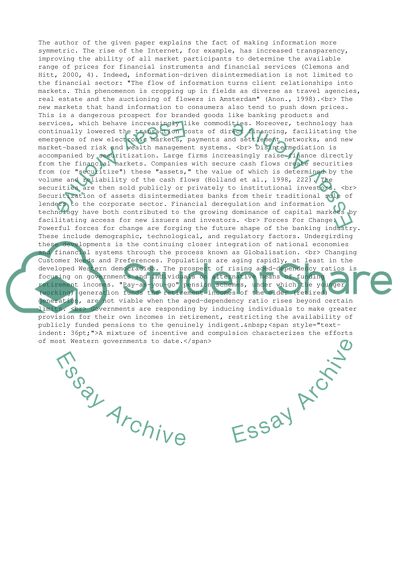Cite this document
(Contemporary Banking Theory Research Paper Example | Topics and Well Written Essays - 2750 words, n.d.)
Contemporary Banking Theory Research Paper Example | Topics and Well Written Essays - 2750 words. Retrieved from https://studentshare.org/management/1511369-banking-and-icts
Contemporary Banking Theory Research Paper Example | Topics and Well Written Essays - 2750 words. Retrieved from https://studentshare.org/management/1511369-banking-and-icts
(Contemporary Banking Theory Research Paper Example | Topics and Well Written Essays - 2750 Words)
Contemporary Banking Theory Research Paper Example | Topics and Well Written Essays - 2750 Words. https://studentshare.org/management/1511369-banking-and-icts.
Contemporary Banking Theory Research Paper Example | Topics and Well Written Essays - 2750 Words. https://studentshare.org/management/1511369-banking-and-icts.
“Contemporary Banking Theory Research Paper Example | Topics and Well Written Essays - 2750 Words”, n.d. https://studentshare.org/management/1511369-banking-and-icts.


